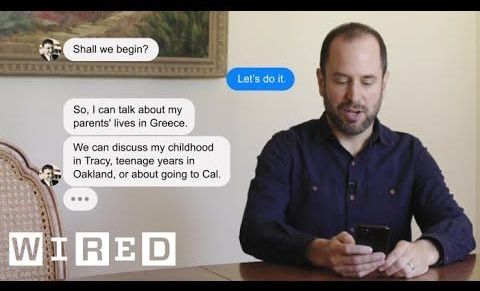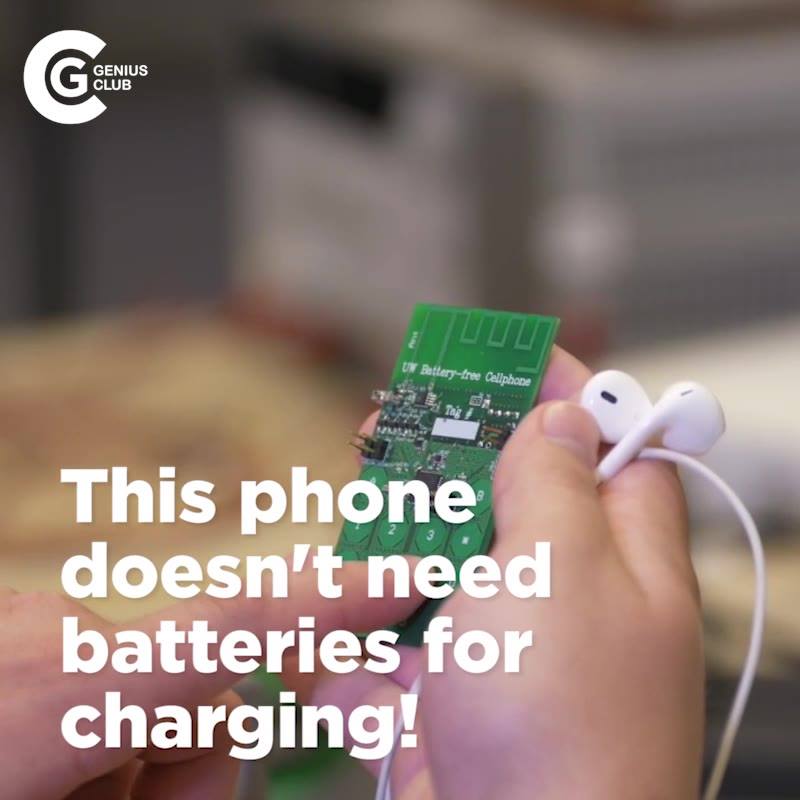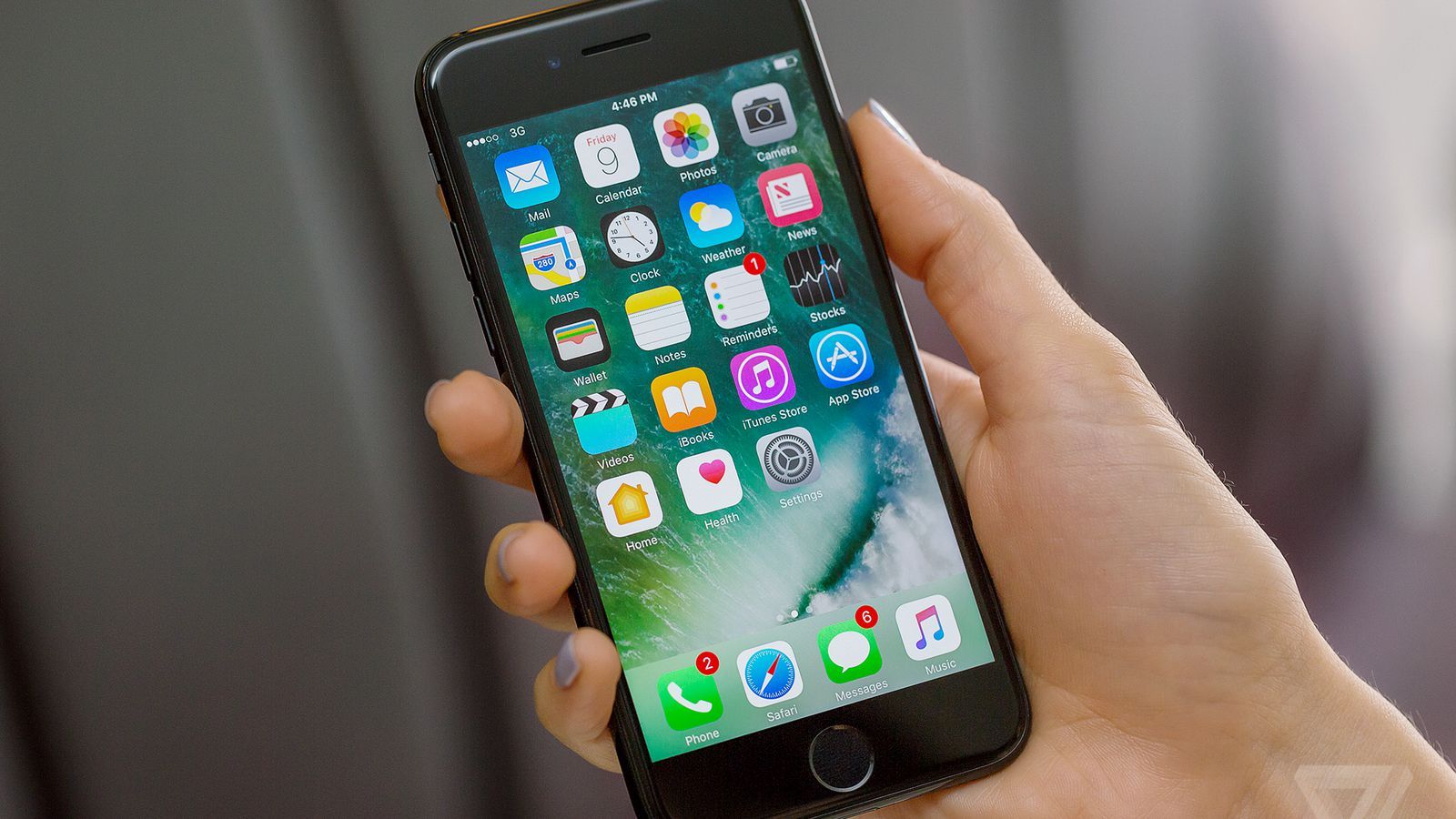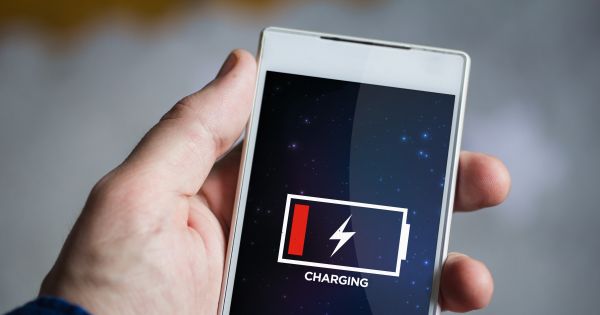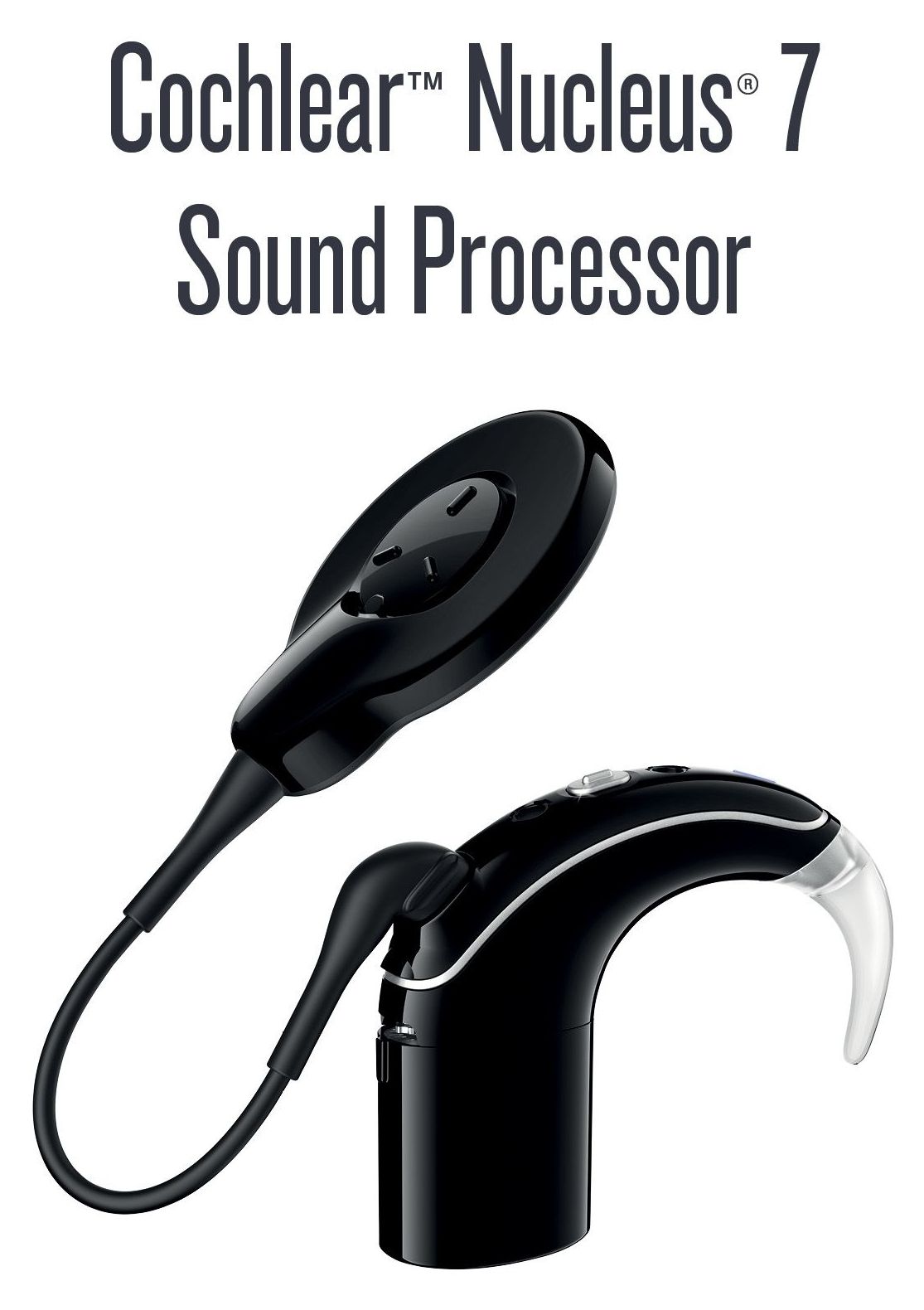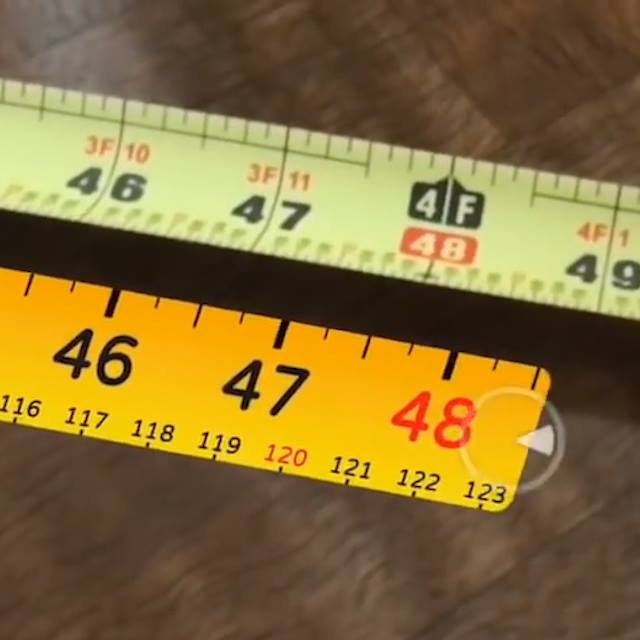When James Vlahos’ father was dying from terminal cancer, he decided to preserve as many memories as possible and code them into a chatbot (Dadbot) that could run on his cell phone.
In A Son’s Race to Give His Dying Father Artificial Immortality, James Vlahos recounts his efforts to turn the story of his father’s life — as told by his 80-year-old Dad in his final months after being diagnosed with stage IV lung cancer — into what Vlahos calls a Dadbot.
